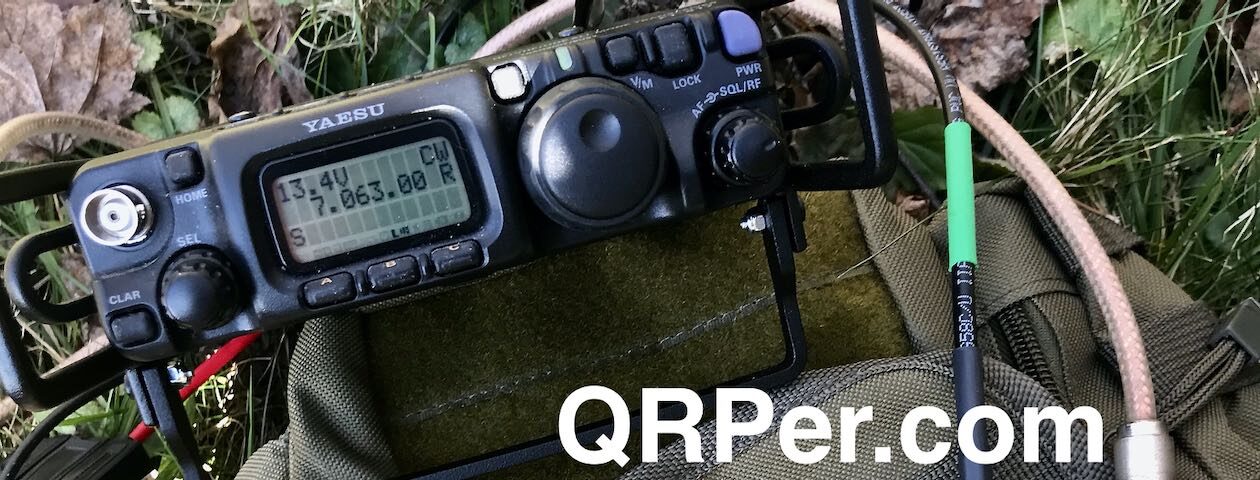After completing a lively little POTA activation at Lake James State Park (K-2723) and then Table Rock Fish Hatchery (K-8012) on the morning of Monday, July 31, 2023, I decided to squeeze in one more POTA adventure on what became a mini rove.
Since nearby Tuttle Educational State Forest is closed on Mondays in the summer, I chose to visit South Mountains State Park (K-2753) instead–it was only a few minutes further afield than Tuttle.
After leaving Table Rock, I picked up a quick lunch in Morganton and drove to the main entrance of South Mountains and set up at the equestrian picnic area.
South Mountains State Park (K-2753)
 The weather that day was beautiful and so was the drive.
The weather that day was beautiful and so was the drive.
I decided to deploy my Chelegance MC-750 this time, just to shake things up a bit. If you know me, when I do little roves like this, I typically like to use different radios and/or antennas at each site.
I paired the MC-750 with my Yaesu FT-817ND. My reasoning for picking the ‘817 was because I could use the SO-239 connection on the back of the radio. The new cable assembly/feedline I was using had PL-259s on each end.
Speaking of the new assembly, at the Dayton Hamvention this year, I popped by the ABR Industries booth and Chuck gave me (full disclosure–at no cost to me) a new product to test in the field: a 20 foot PL-259 to PL-259 assembly made with their ABR240-UF cable and with 5 in-line ferrites. What makes this cable unique is that it sports a bright orange flexible webbed jacketing which makes it very easy to see on the ground.
They’ve been informally calling it their “POTA cable.” I immediately knew why this would appeal to POTA ops: one of my constant fears is that someone will unknowingly trip on my feedline while I’m in the middle of an activation. Black coax cable on the ground is very difficult to see (I’ve even tripped on my own lines)–this high visibility jacketing makes cable very conspicuous. Just check out the photos above. Continue reading Pairing the Yaesu FT-817ND and Chelegance MC-750 at South Mountains State Park




















































